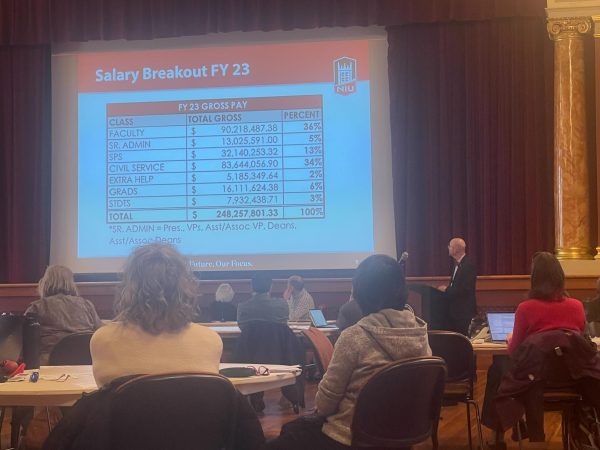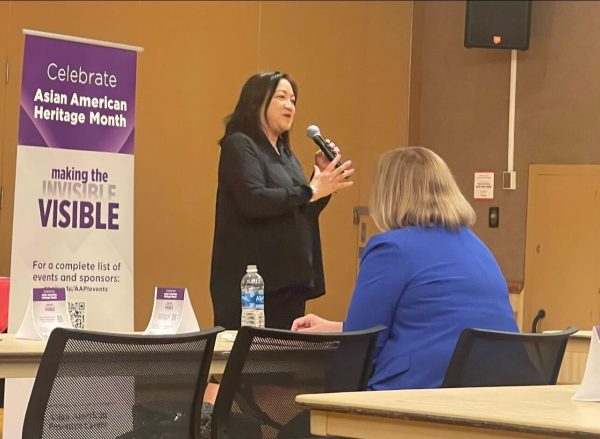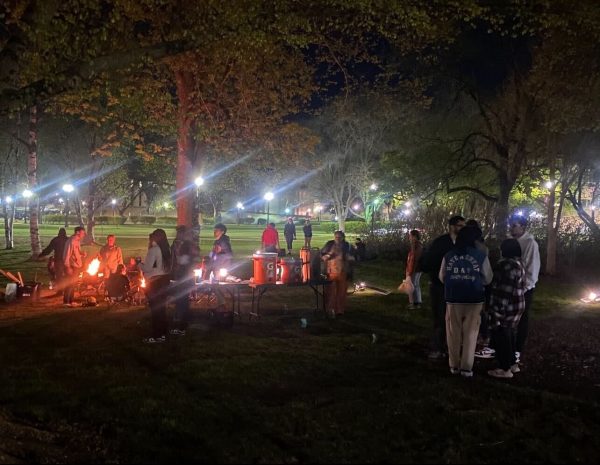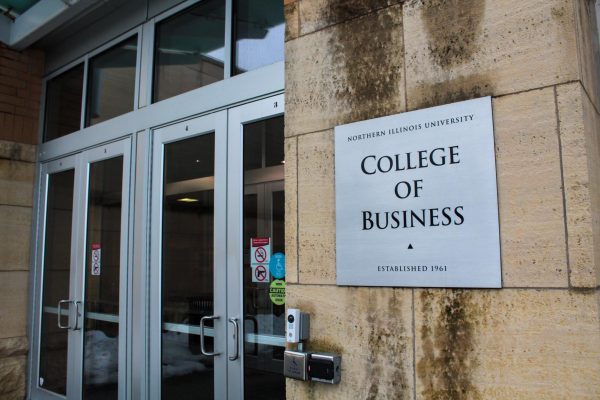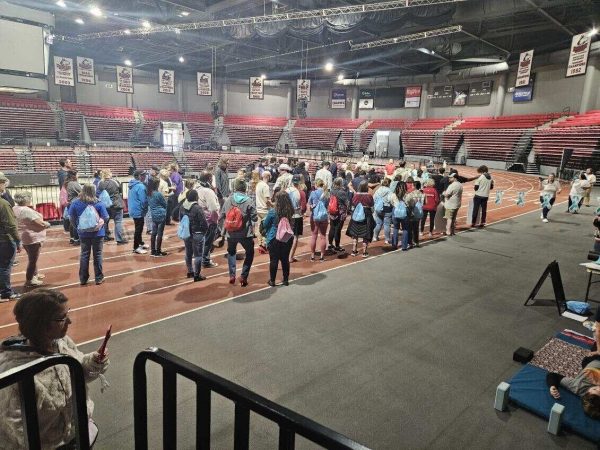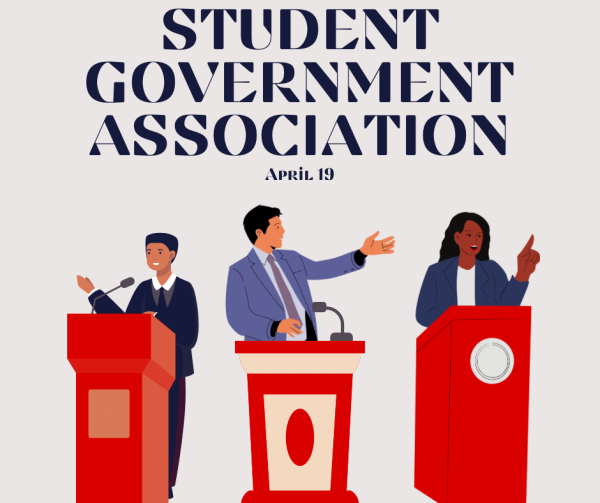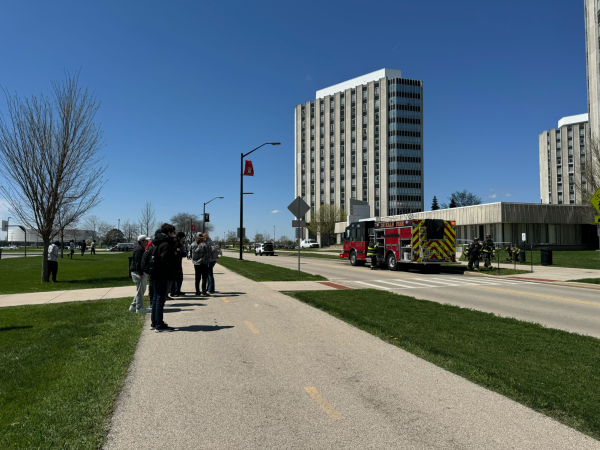Faculty see benefit to Second Life
November 21, 2008
Jessamine Cooke-Plagwitz teaches the class Integrating Technology into the Foreign Language Curriculum, where some of her students include a firefighter, a three-headed dragon and Darth Vader.
Cooke-Plagwitz is among many teachers who are making the transition to teaching courses in the virtual frontier of Second Life. In the virtual world, the teacher and students can be whomever or whatever they want.
“[The students] were very participatory and were very much more active than in a real classroom setting,” Cooke-Plagwitz said.
Second Life is an online 3D world where people log on, create characters (or avatars) for themselves and then create the world for characters to interact in.
The virtual world was created in 2003 and since then has developed its own economy (with a currency that can be exchanged into real dollars), re-creations of actual cities and a population of approximately 15.7 million people from over 100 countries.
For her online French course, Cooke-Plagwitz had students take a field trip to virtual France where students were able to put their teachings to work with native speakers.
Aline Click, assistant director of eLearning Services at NIU, created the space online in Second Life where students “meet” for their classes. The space is a virtual recreation of Altgeld Hall that took Click three months to build to scale and named it Glidden Campus.
Click wanted to provide a more interactive experience for online students.
“I believe students at a distance should have a social opportunity when learning online,” Click said. “And anyone on campus who’s interested in Second Life, they could, but it all falls on the imagination and the creativity of the instructor.”
Another NIU professor, Sharon Smaldinop, rofessor of educational technology, also uses Second Life to teach online courses and has found it to be successful but does not recommend it to all teachers.
“I never had a class with perfect scores until teaching in Second Life,” Smaldino said. “But it depends on what it is you’re trying to do with the course because it lends itself really well to interactive kinds of instruction, but if you’re going to stand there with a PowerPoint presentation and lecture at students, scratch that.”
Click held a panel discussion luncheon on Wednesday about teaching in Second Life for the Presidential Commission on the Status of Women.
Chelsey Newcomb, junior pre-law double major in Spanish and English, attended and was hesitant about the new teaching method.
“I’m a little bit apprehensive at this point just because I’m most comfortable with the traditional teaching method, but I think once I gave it a shot, I can foresee it potentially being useful and convenient,” Newcomb said.




